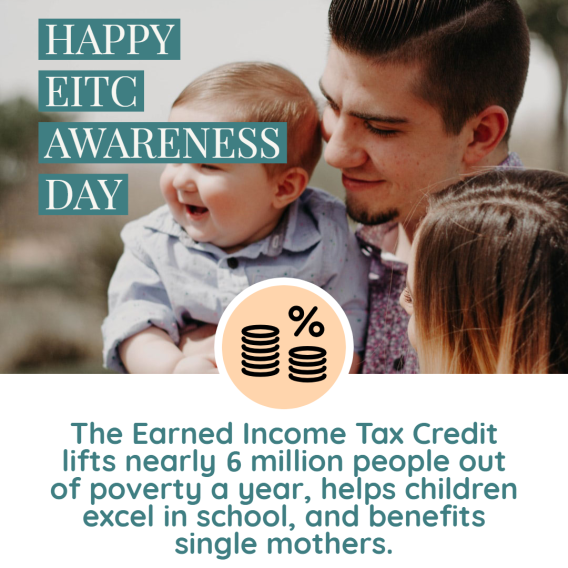This tax credit helps offset the costs of raising kids and is worth up to $2,000 for each qualifying child. To get a Child Tax Credit refund, you must earn more than $2,500.
Raising children is expensive—recent reports show that the cost of raising a child is over $200,000 throughout the child’s lifetime. The Child Tax Credit (CTC) can give you back money at tax time to help with those costs. Eligible parents and caregivers can claim a credit up to $2,000 for each child under 17 on their tax return.
Click on any of the following links to jump to a section:
- How much can I get with the CTC?
- Am I eligible for the CTC?
- Credit for Other Dependents
- How to claim the CTC
- Can I still get the 2021 Expanded Child Tax Credit?
How much can I get with the CTC?
Depending on your income and family size, the CTC is worth up to $2,000 per qualifying child. Up to $1,600 is refundable. CTC amounts start to phase-out when you make $200,000 (head of household) or $400,000 (married couples). Each $1,000 of income above the phase-out level reduces your CTC amount by $50.
If you don’t owe taxes or your credit is more than the taxes you owe, you can get up to $1,600 back in your tax refund.
Am I eligible for the CTC?
There are three main requirements to claim the CTC:
- Income: You need to have more than $2,500 in earnings.
- Qualifying Child: Children claimed for the CTC must be a “qualifying child”. See below for details.
- Taxpayer Identification Number: You and your spouse need to have a Social Security number (SSN) or an Individual Taxpayer Identification Number (ITIN).
To claim children for the CTC, they must pass the following tests to be a “qualifying child”:
- Relationship: The child must be your son, daughter, grandchild, stepchild or adopted child; younger sibling, step-sibling, half-sibling, or their descendent; or a foster child placed with you by a government agency.
- Age: The child must be under 17 on December 31, 2023.
- Residency: The child must live with you in the U.S. for more than half the year. Time living together doesn’t have to be continuous. There is an exception for non-custodial parents who are permitted by the custodial parent to claim the child as a dependent (a waiver form signed by the custodial parent is required).
- Taxpayer Identification Number: Children claimed for the CTC must have a valid SSN. This is a change from previous years when children could have an SSN or an ITIN.
- Dependency: The child must be considered a dependent for tax filing purposes.
Credit for Other Dependents
A $500 non-refundable credit is available for families with qualifying dependents who can’t be claimed for the CTC. This includes children with an ITIN who otherwise qualify for the CTC. Additionally, qualifying relatives (like dependent parents) and even dependents who aren’t related to you, but live with you, can be claimed for this credit.
Since this credit is non-refundable, it can only help reduce taxes owed. If you can claim both this credit and the CTC, this will be applied first to lower your taxable income.
How to claim the CTC
File a 2023 tax return with Schedule 8812 “Additional Child Tax Credit.”
Going to a paid tax preparer is expensive and reduces your tax refund. Luckily, there are free options available. These include Volunteer Income Tax Assistance (VITA), GetYourRefund.org and MyFreeTaxes.com.
Can I still get the 2021 Expanded Child Tax Credit?
Yes. It’s not too late to claim your 2021 Expanded Child Tax Credit if you haven’t already. To claim your 2021 Child Tax Credit, you must file a 2021 tax return by April 18, 2025. If you filed a 2021 tax return but didn’t get the Child Tax Credit and were eligible for it, you can amend your tax return.
Contact your local Volunteer Income Tax Assistance (VITA) site to see if they file 2021 tax returns. You can also use GetYourRefund.org.






